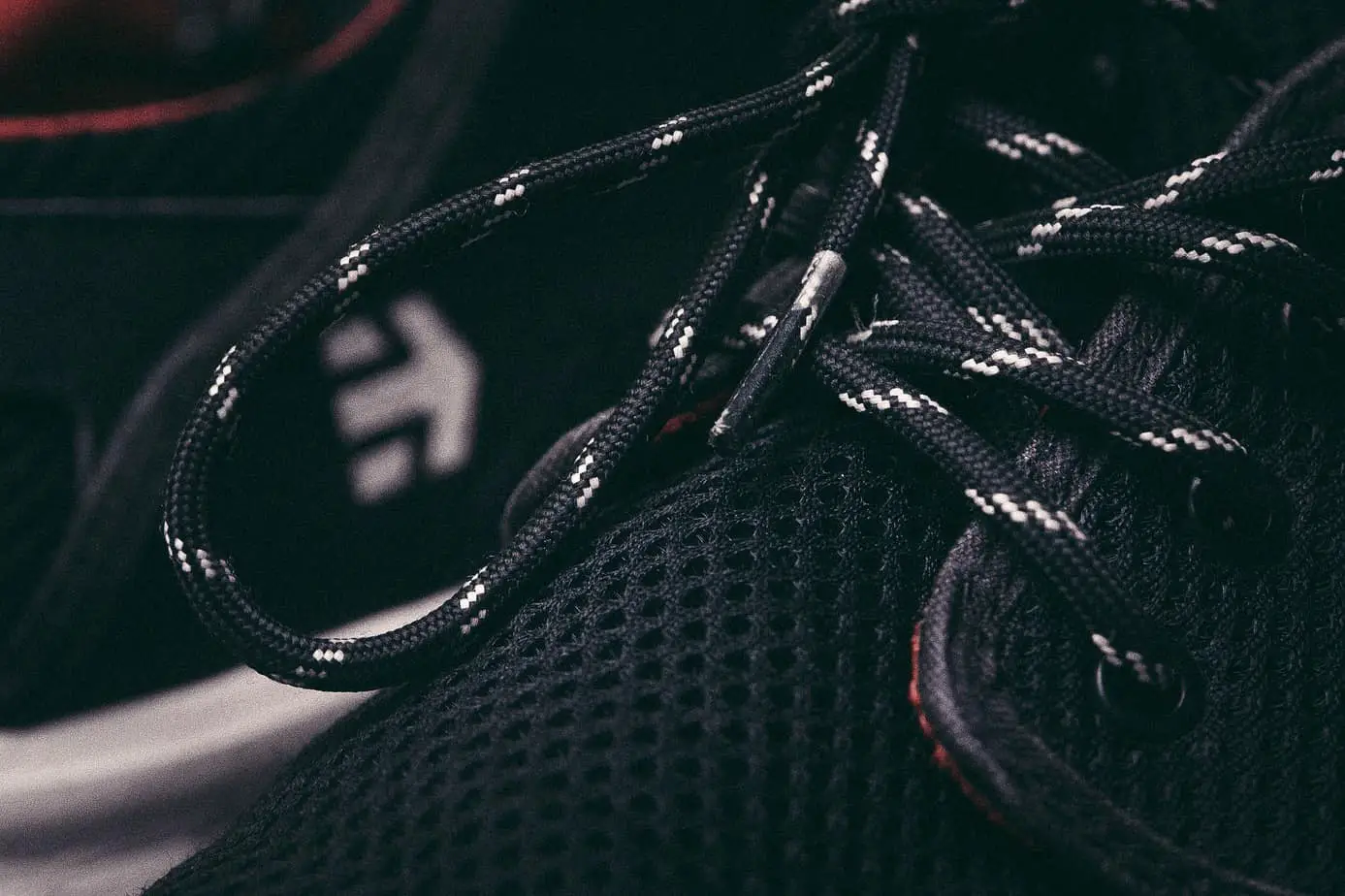It’s the modern era of functional style, with the advent of “multipurpose wear” slowly becoming the new norm. We want one style of clothing to be able to do it all, and this includes our footwear, such as wearing your training shoes every day. Is it acceptable, however?
You can wear your training shoes every day as they are stylish enough to match a variety of outfits, as they are (by design) made to handle a variety of multipurpose activities, making them suitable to be a part of your daily wear.
Are wearing training shoes as casual wear stupid?
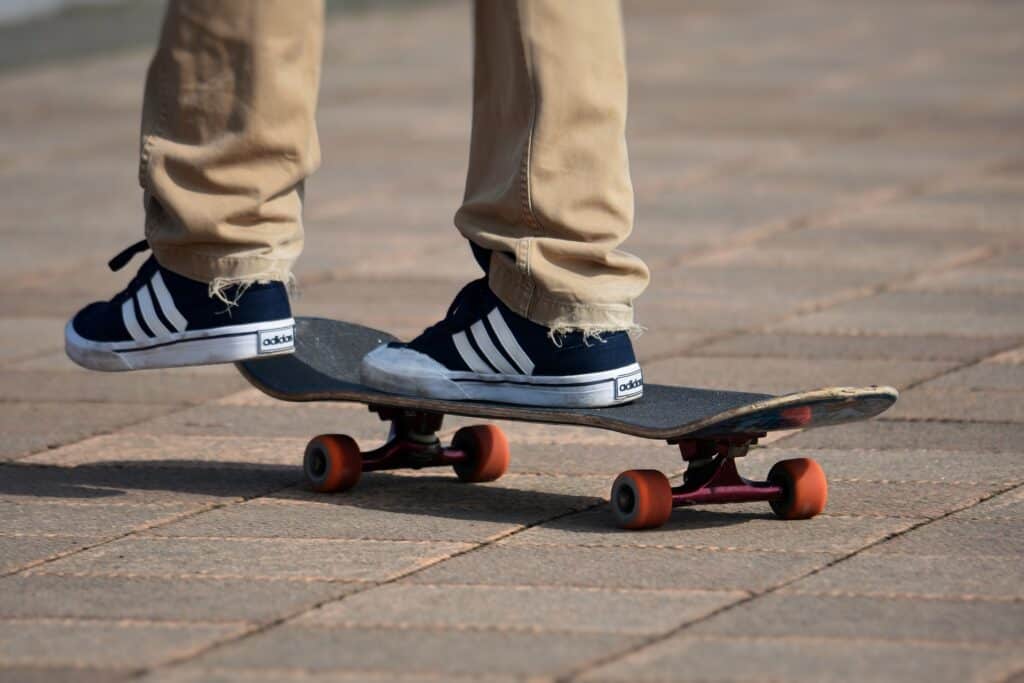
You needn’t fear looking stupid wearing training shoes every day, as there are a multitude of styles and models of athletic shoes that will be able to conform to whatever fashion regiment you currently adhere to.
Even if your style deems backward hats or leather jackets as a common fashion staple, rest assured they’ll be at least one training shoe out there, to captivate your sartorial heart.
A little history behind training shoes and how they can work for YOU
We’ve come a long way from the early days of Jesse Owen’s smoking his German counterparts at the 1936 Summer Olympics, wearing nothing but a pair of spiky leather track shoes.
Functional? Definitely. Stylish?…no comment.
The 21st Century is becoming that of a melting pot in general everyday fashion. We want clothes that do more than serving a functional purpose, we want clothes that serve a functional purpose…and look good simultaneously.
And with the advent of such styles as Athleisure wear & Kanye West’s Yeezy footwear line for a more specific example – we’re at a point where it’s possible to have both: function & style.
And the same applies to your shoes.
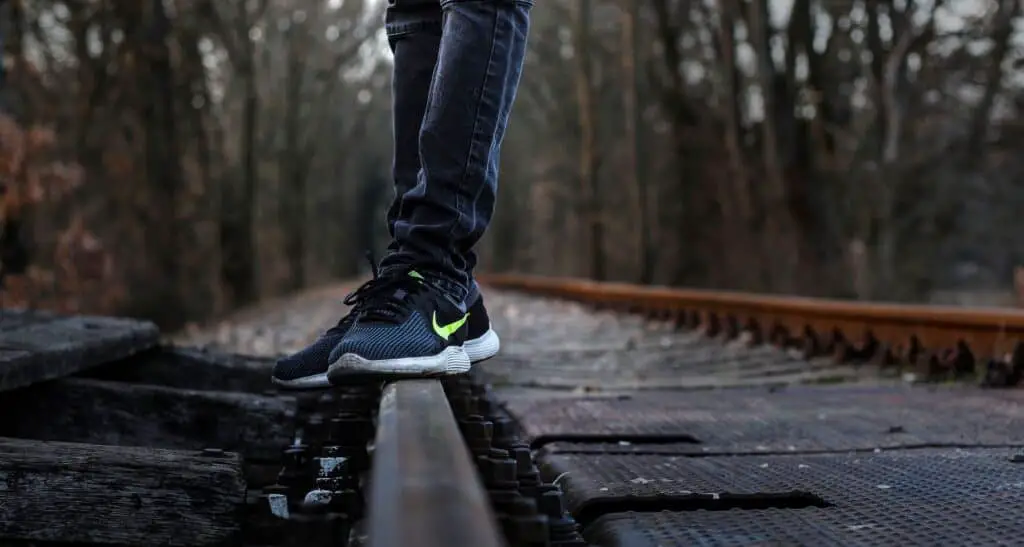
Different types of training shoes for everyday wear
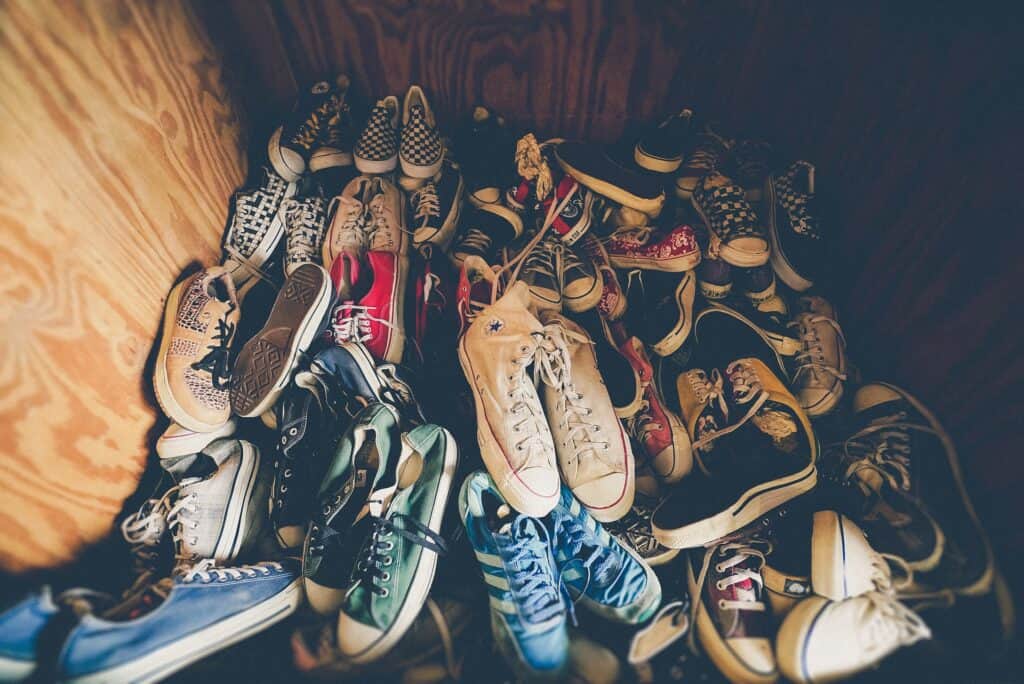
While there are plenty of colors and styles in a variety of training shoe brands that you can pick from, there are three primary models of “training shoes” that will vary in look and feel based on their intended purpose.
However, that doesn’t mean you can’t make any of them a part of your casual everyday wear, it just means that one may be more comfortable to wear than another, which is important to take into account, as obviously you’d want your footwear to not only last you a while but also be of comfort…as most of the good ones don’t come exactly cheap.
The three types of training shoes are:
- Walking Shoes
- Cross Training shoes
- Running Shoes
Walking shoes
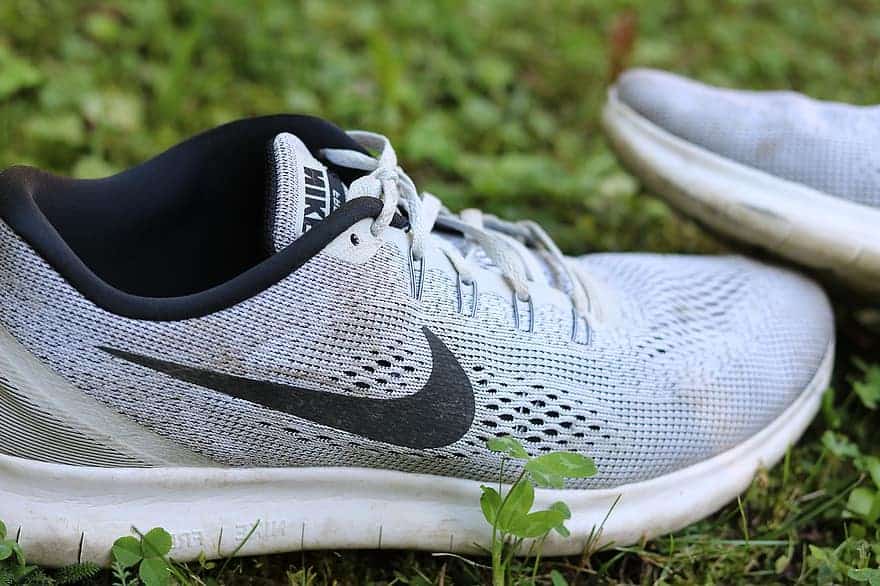
Walking shoes are made for the more lax fellas who needn’t always be on the go at high speeds. While similar to the other two types of shoes, there are some small noticeable differences, as again, they are all intended for a particular purpose.
Unlike actual “training shoes” (which lack as much cushioning to be able to provide stability during strenuous activities), walking shoes aren’t designed to worry about that. And so are made with ample heavy cushioning in their soles, made to primarily handle low impact activities. I.e. more squidginess for your feet to enjoy.
Sure you could bust a quick sprint in them (if the lunch special at work or at school was “to die for”, and if plates were limited), but they’d be most apt for walking.
They also seem to look the most stylish between the three models, all the while being inherently more breathable (generally speaking) than their counterparts.
Ensuring your “strut” perspires only in swagger, and not in sweat. Win-win.
Cross training shoes

You could argue that cross-training shoes look almost exactly identical to running shoes, and you wouldn’t be wrong. The differences between the two, however, lie in the minor details hemmed within the shoes. This includes factor differences in heel drop and sole flexibility, as well as durability.
Like mentioned briefly above somewhere in this article, cross-training shoes are designed to be more of a multipurpose shoe, suited to fit an array of strenuous activities, like Basketball and weight ranging.
For this, their shoes generally bear flatter soles, with more cushioning in the forefoot (to handle the demanding lateral movements of Bball players for example) along with a higher propensity to handle multidirectional movement. This also makes them wider and more durable in design than running shoes.
A fact to consider depending on how long you need your next pair of training shoes to last you and your sweet outfit.
Running Shoes
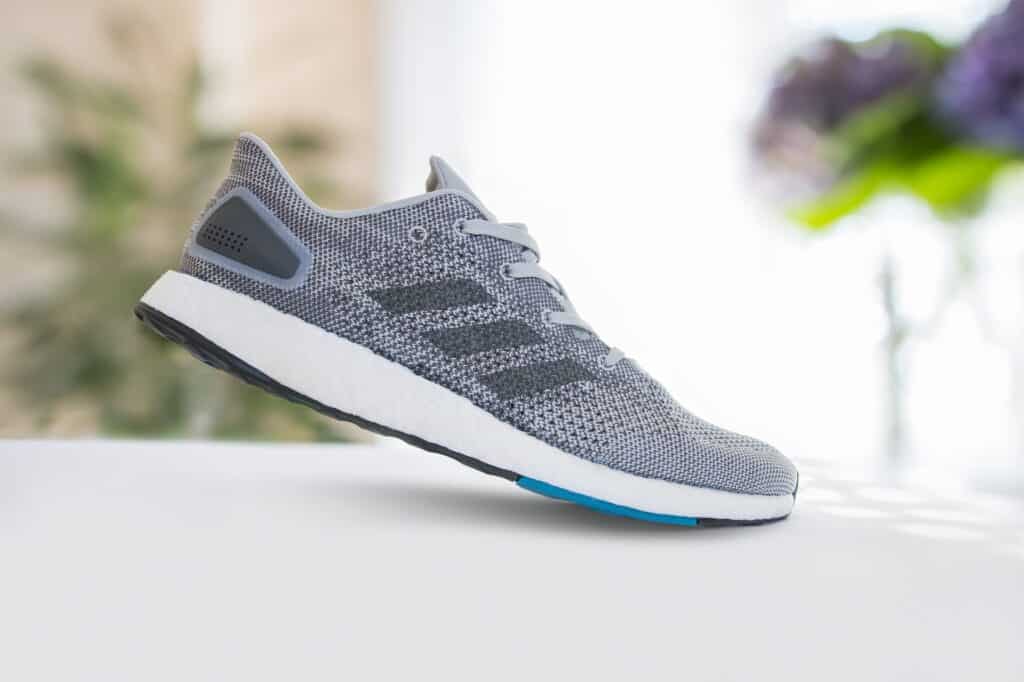
Running places a strenuous amount of force on the lower boy, coupled with having the responsibility. to accommodate and micromanage a variety of different styles and needs of its running athletes – demanding stuff – which means they are also the choice with arguably the most options for you to choose from.
The most flexible of the bunch, and the most tech-stuffed, with running shoes you’ll defo feel the difference in these bad boys, by not feeling anything at all – and you can thank science for the weightlessness and overall ergonomic feel of these running shoes.
What running shoes lack in comfort (compared to other models), they most certainly will make up for in lightweight and flexibility, ensuring you roll through each stride with maximum ease. And some may even prefer the lightweight comfortability of running shoes anyways.
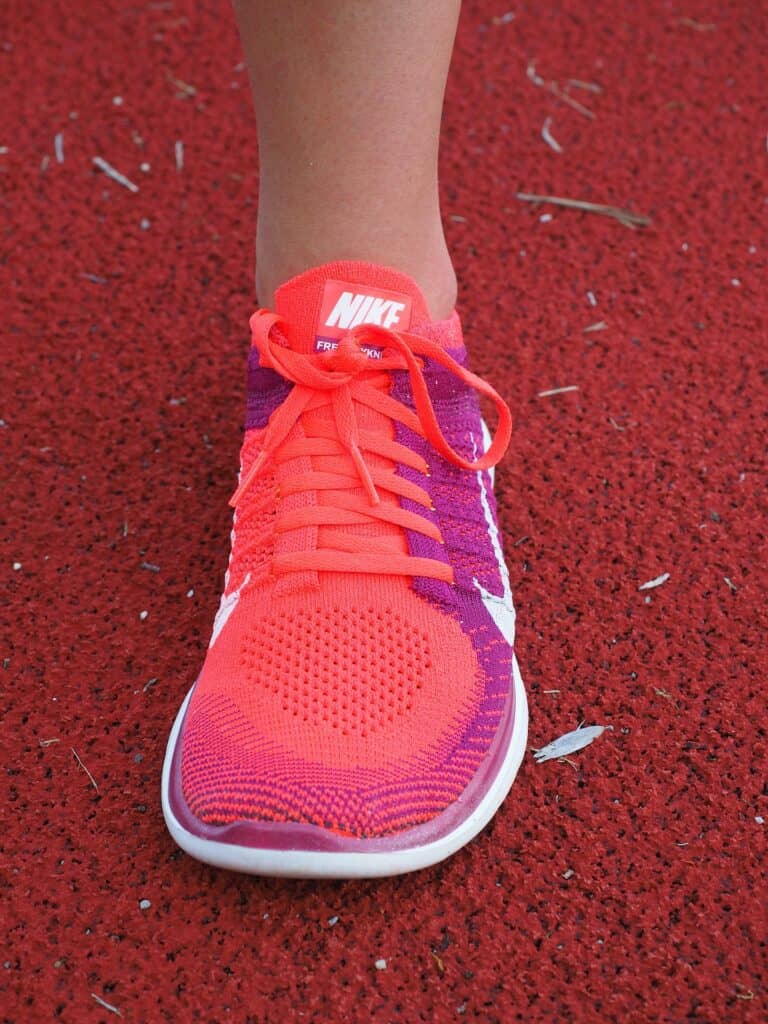
Overall while walking shoes might have more style laden to them, I would argue that running shoes would be the best way to go, as go to any store or website and bear witness to the sheer plus thousand varying models and types all for you to choose from. Flared heels? Undercut heels? Extra forefoot cushioning? Lower heel drop? – Simply put with running shoes, you’ll definitely never run out of options.
You can walk in running shoes, but you can’t run in walking shoes, and this sheer fact means that you can pair just about any outfit with a pair of running shoes and not look stupid, as there will literally be thousands of designs (in color, shape, and comfortability) innovated to take on more than just the handling of your daily low impact stride.
Can training shoes be used for walking?
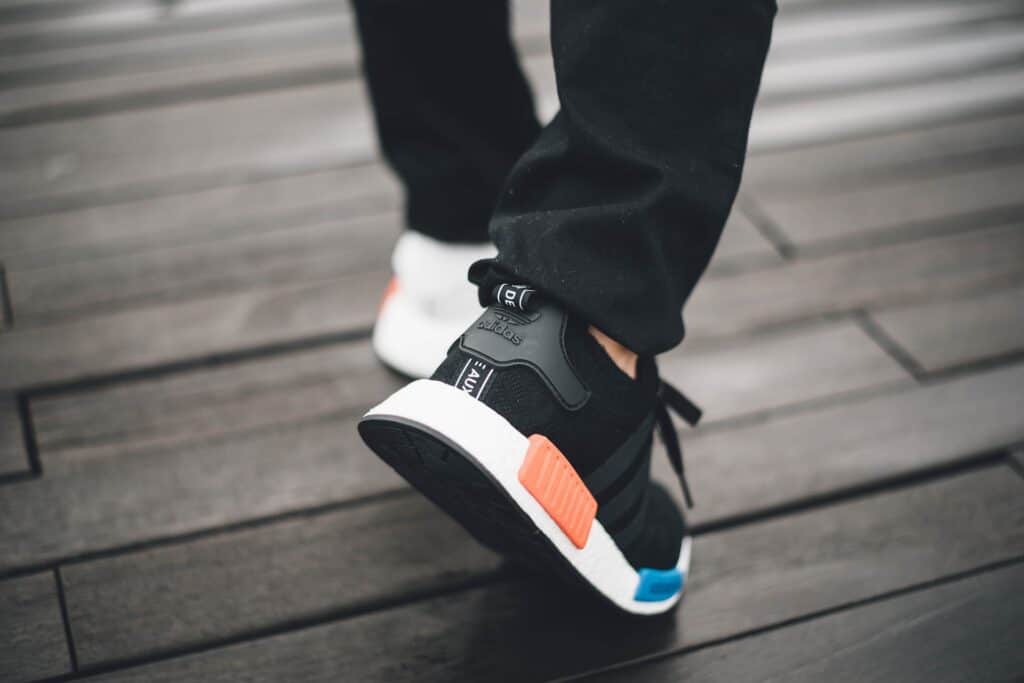
To further eloborate on the differences between different types of training shoes compared to shoes meant solely for walking, and you’ll find that most training shoes (of all types) will cater to what is required out of general walking shoes – and then some.
Your foot’s impact upon the ground with each step while walking (on average) is 1.5 times that of your body weight, compare that to a runners impact per step and that instantly doubles to around 3 times the force, of which your foot has to bear with each running step. It gets even more complicated with varying high-intensity activities like Zumba and basketball.
This is why shoes meant for anything more than “walking” will almost always look and feel more “fancy” (and pricey), as they gotta be equipped to take care of your sensitive feet during strenuous moments, which is no easy feet (see what I did there?)

With that being said, training shoes of any sorts should be more than able to accommodate your slow-paced walking needs, as they have already been designed (and feverishly tested) to handle far worse.
Which training shoe is best for everyday use?
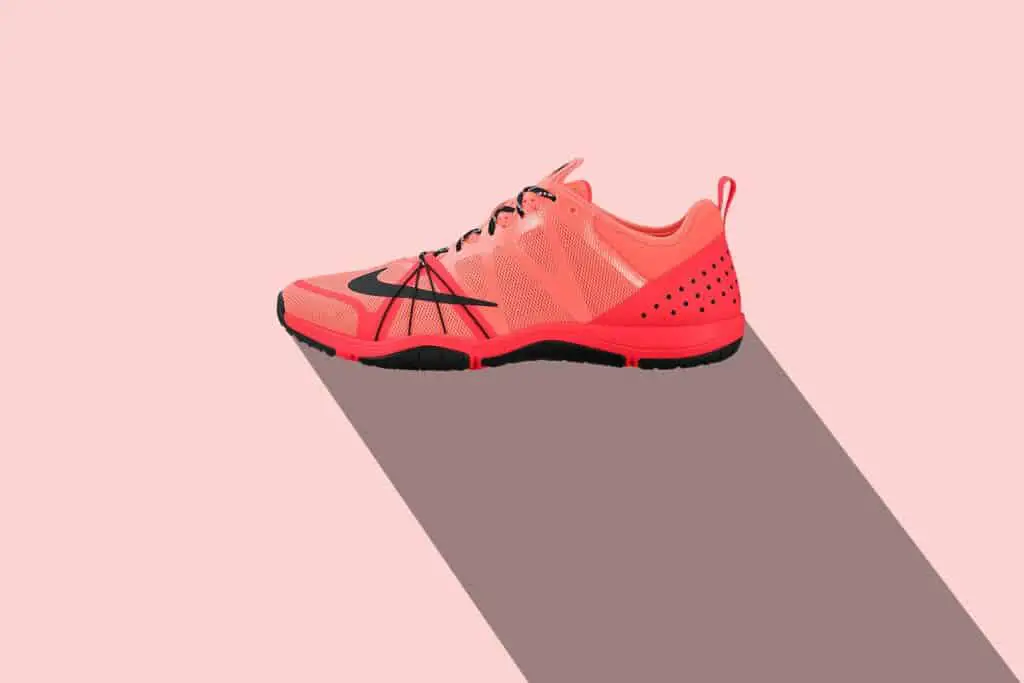
If you fetishize going barefoot like Frodo in the midst of Mordor, then running shoes will be the way to go, and with their lightweight appeal, you’ll certainly feel as “shoeless” as our Middle Earth hero was.
If you’d prefer more comfort and all-around cushioning with a plethora of catalogue esque style choices to choose from (and don’t mind lugging the extra “comfort weight”) then walking shoes will be apt.
If you’re more of the unexpected “might jump out of a plane on a dime” type character, then cross-training shoes should jive nicely with your adventurous Jack Sparrow attitude.
The heaviest of the bunch, your cross-training footwear should last you longer than the other two, and will almost certainly be better equipped to handle a sudden bout of whatever trepid extreme activity you suddenly choose to engage in…such as drunkenly tangoing with Elizabeth’s Swan’s heart, for example.
You scalawag, you!
“We don’t even know what we came to get, so there’s no reason to think we still can’t get it, right?”
-Imposters (tv show)
We’re at the point where we can truly almost have it all, so provided you are willing to compensate one or two small factors to suit your lifestyle, one of these three types of footwear should no doubt tickle your fancy, and make you look stylish, still.
Stay Rogue.

